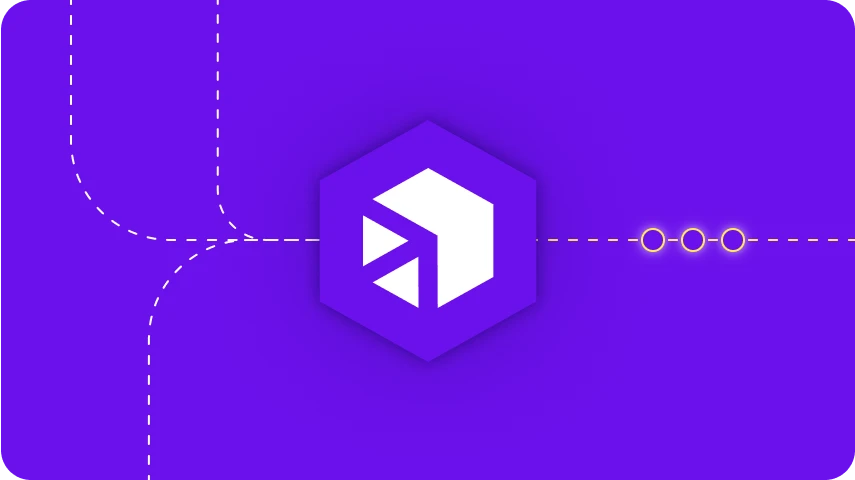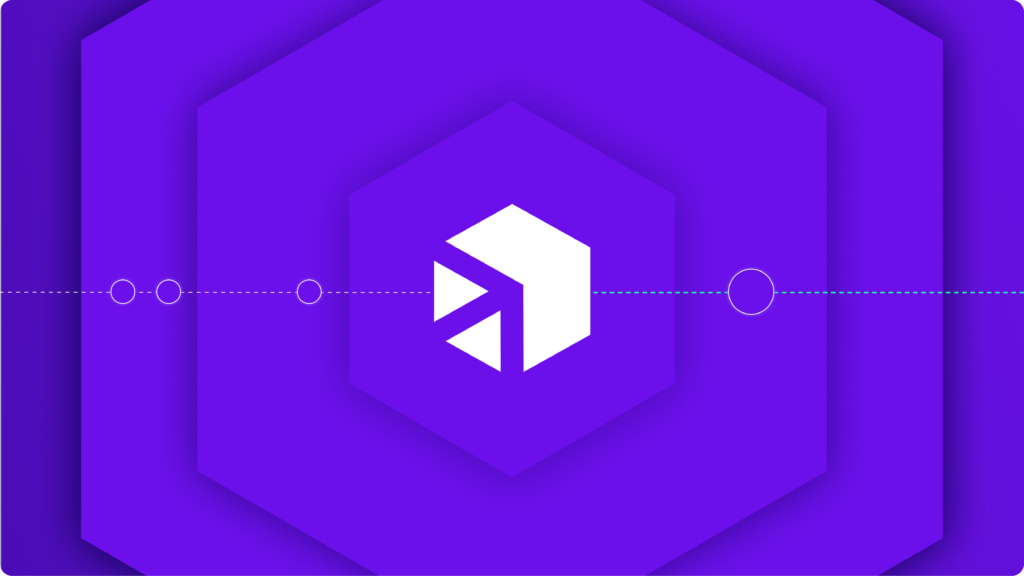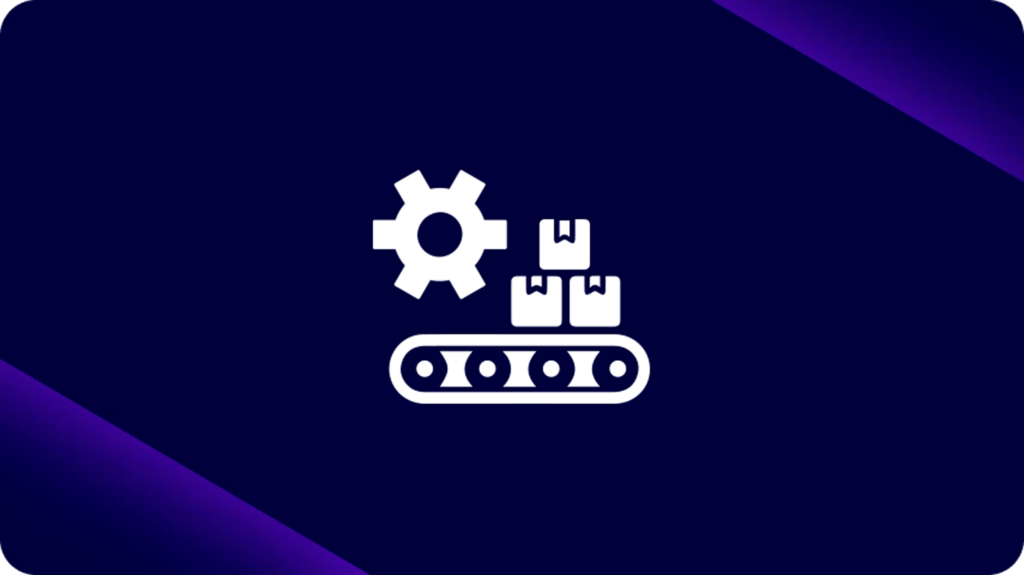novembro 9, 2023
Em um artigo do post recente, compartilhamos algumas das interações que nossa equipe teve com líderes e arquitetos de TI no Simpósio Gartner em outubro. Uma conclusão clara foi o nível de frustração experimentado pelos usuários da tecnologia de integração legada.
Em particular, o abismo entre o que uma empresa quer fazer e o que a tecnologia é capaz de fazer. Com a tecnologia legada, as integrações levam muito tempo, exigindo uma codificação significativa (para construção e manutenção). O trabalho deve ser feito por desenvolvedores de integração especializados e caros que, por sua vez, exigem certificação e treinamento contínuos.
O resultado? Atrasos crescentes e dívida técnica crescente. Em vez de permitirem a inovação, estas soluções legadas impedem-na.
>> Agende uma demonstração personalizada com nossa equipe de especialistas e veja como o iPaaS da Digibee trará eficiência ao seu negócio.
Por que isso é importante para você
Se você está lendo esta postagem, é provável que você seja um líder de TI ou de desenvolvimento que deseja otimizar a produtividade e o envolvimento de suas equipes à medida que constroem ambientes adaptativos que dão suporte aos negócios.
Provavelmente, você já possui tecnologia de integração instalada, a menos que esteja codificando suas integrações de maneira personalizada internamente. A ideia de substituir o sistema existente é traumatizante. Ninguém se inscreve voluntariamente em um cenário doloroso de remoção e substituição.
Mas não precisa ser assim. Realmente.
Na verdade, a maioria dos clientes da Digibee implementa nossa moderna plataforma de integração em paralelo com uma solução legada existente, proporcionando-lhes a cobertura aérea e o tempo necessário para fazer a transição adequada. Com o Digibee, o caminho para a substituição é simples e rápido.
Se você está considerando um novo iPaaS, aqui estão alguns recursos para ajudar a orientar sua jornada:
- Pesquisa do Gartner sobre avaliação de tecnologia de integração (preços, licenciamento e outras considerações)
- iPaaS legado versus iPaaS moderno (uma comparação detalhada entre a Digibee e o fornecedor legado mais antigo do mercado: MuleSoft)
Capacidades de integração modernas
Independentemente de você escolher a Digibee ou outro fornecedor moderno de iPaaS, mantenha esses atributos em mente para garantir que sua nova estratégia de integração seja bem-sucedida.
1. Capacitar todos os desenvolvedores
O maior prejuízo da maioria dos produtos de tecnologia de integração é o uso ineficiente de recursos.
iPaaS legado
As soluções legadas exigem desenvolvedores de integração especializados (certificados/treinados) para criar e manter integrações. Esse modelo de recursos caro e limitado é diretamente responsável pelos crescentes atrasos de desenvolvimento que são um subproduto comum da tecnologia de integração legada.
60% dos projetos backlog de TI exigem suporte de integração
Low code ferramentas de automação
Isso não quer dizer que o trabalho realizado por esses especialistas não seja valioso – é! Mas eles não podem fazer muito. A complexidade das plataformas e a oferta limitada de recursos são fatores determinantes e uma dificuldade desnecessária para as equipes de desenvolvimento sob controle produzirem.
O outro extremo são as ferramentas de automação que criam integrações simples, normalmente usadas por desenvolvedores cidadãos.
Infelizmente, essas ferramentas não oferecem suporte a casos de uso corporativos sofisticados, apenas aumentando o acúmulo cada vez maior. Além disso, há governança e supervisão limitadas para garantir que a segurança e outras práticas recomendadas sejam adequadamente empregadas.
| O Digibee permite que todos os desenvolvedores construam rapidamente até mesmo integrações complexas, resolvendo qualquer cenário. Gargalos e atrasos não atrapalham mais a inovação. Em vez disso, os desenvolvedores têm autonomia para avançar seus projetos em tempo real. |
2. Crie integrações modulares e reutilizáveis
As equipes de desenvolvimento são encarregadas de garantir que a empresa seja capaz de responder rapidamente às mudanças no mercado. O iPaaS legado impede uma resposta rápida, sobrecarregada com um modelo de integração local rígido que precisa de uma abundância de código, tempo e recursos apenas para manter tudo funcionando.
Embora a maioria das soluções legadas afirmem que são “nativas da nuvem”, seu DNA é derivado de um modelo local, e sempre será. Em vez disso, o fornecedor simplesmente reestrutura a tecnologia legada para funcionar nesses ambientes.
Os desenvolvedores sentem dor toda vez que desejam alterar ou reutilizar uma integração. Reescrever código personalizado é difícil e demorado. O trabalho deve ser cuidadosamente testado para rastrear todas as repercussões que uma única mudança de codificação apresenta em toda a empresa.
| Digibee é a única solução empresarial iPaaS verdadeiramente nascido na nuvem. Nossa plataforma de integração é construída em Kubernetes, tornando-a verdadeiramente modular, exigindo menos tempo e estresse. Os desenvolvedores trabalham com mais eficiência e todos estão confiantes de que o trabalho de integração não resulta em consequências indesejadas para os negócios. |
3. Low code para o codificador (… e habilitado para IA)
A maioria dos desenvolvedores de software desconfia low-code ferramentas. Em muitos casos, escrever código personalizado é mais fácil e completo do que usar uma interface de arrastar e soltar. Além disso, há orgulho por um trabalho bem executado.
No entanto, após a rodada inicial de trabalho, a equipe (e a empresa) devem contar com o desenvolvedor original para compartilhar sua experiência no domínio quando o trabalho subsequente for necessário. Sem conhecimento em primeira mão de como o código foi originalmente criado, o código quebra e o negócio é interrompido.
| Digibee fornece um low-code plataforma para abstrair as tarefas mundanas associadas à construção e manutenção de integrações. Projetado para desenvolvedores profissionais, o Digibee foi desenvolvido especificamente para liberar tempo para se concentrar no desenvolvimento (em vez de na integração). Ferramentas e processos habilitados para IA para construir pipelines e migrar integrações de outras plataformas só aumenta a eficiência. |
Próximas etapas com Digibee
Ajudamos as organizações na transição de estratégias de integração legadas para modernas. Nossa tecnologia iPaaS libera os desenvolvedores de tarefas de manutenção estúpidas, redirecionando esses recursos valiosos para se concentrarem nos projetos de maior valor que mais beneficiarão os negócios. Dessa forma, a Digibee transforma a integração empresarial de uma função de back office demorada em uma ferramenta poderosa para inovação.
Se você tem uma história de integração para compartilhar ou está no meio de um projeto e deseja discuti-lo, entre em contato conosco. Se você estiver interessado em mais informações sobre a Digibee, visite nosso website ou agende uma demonstração.









